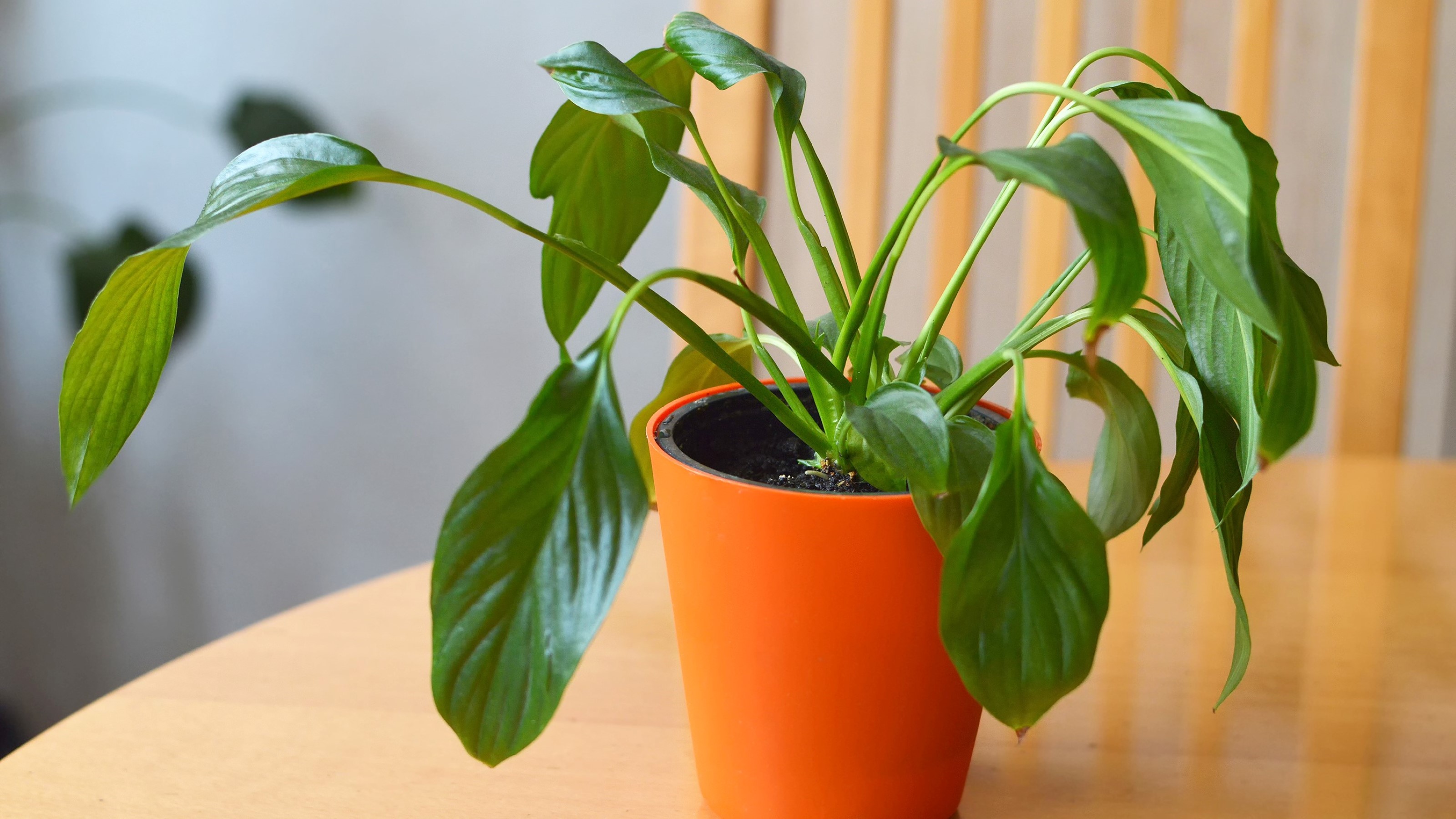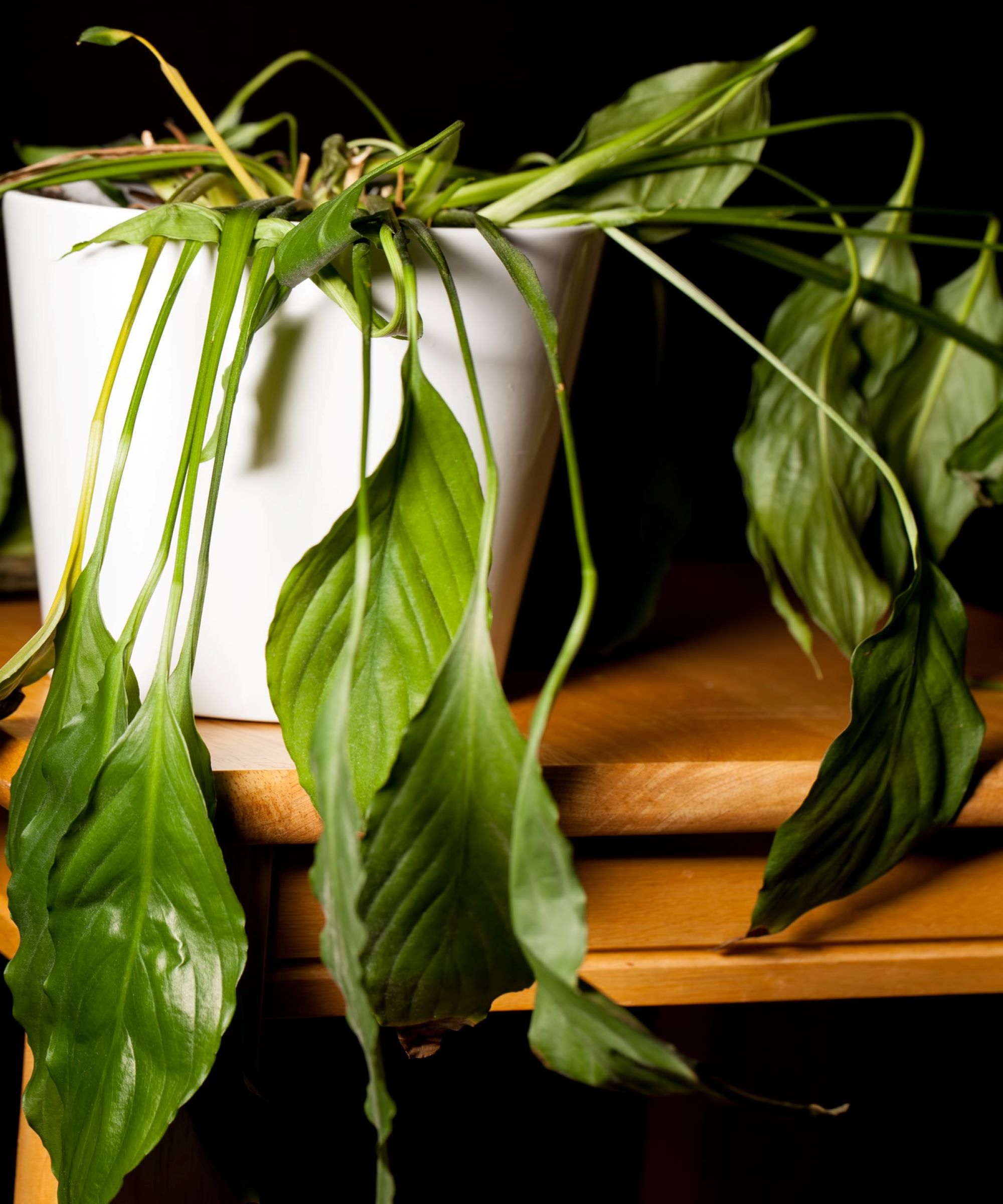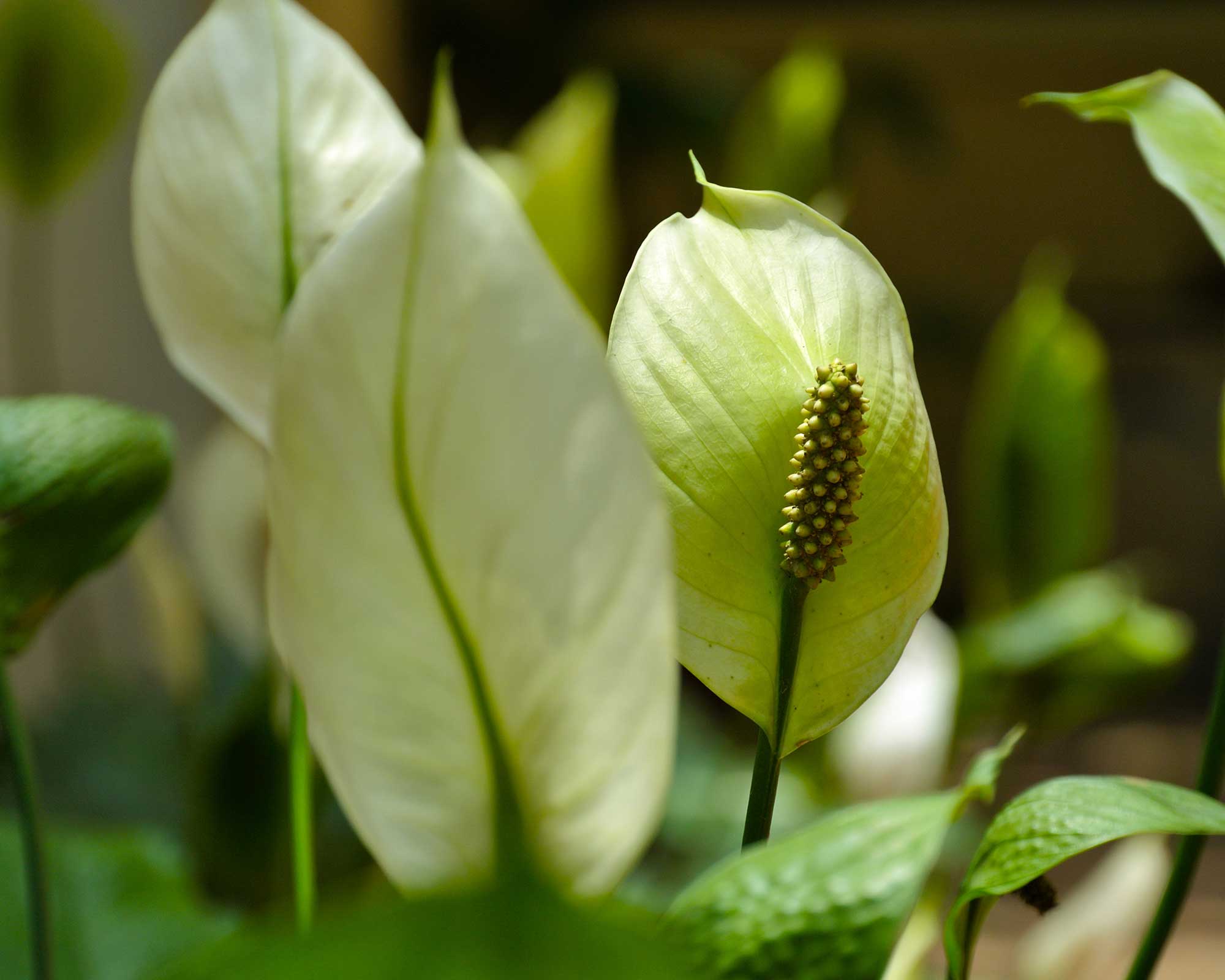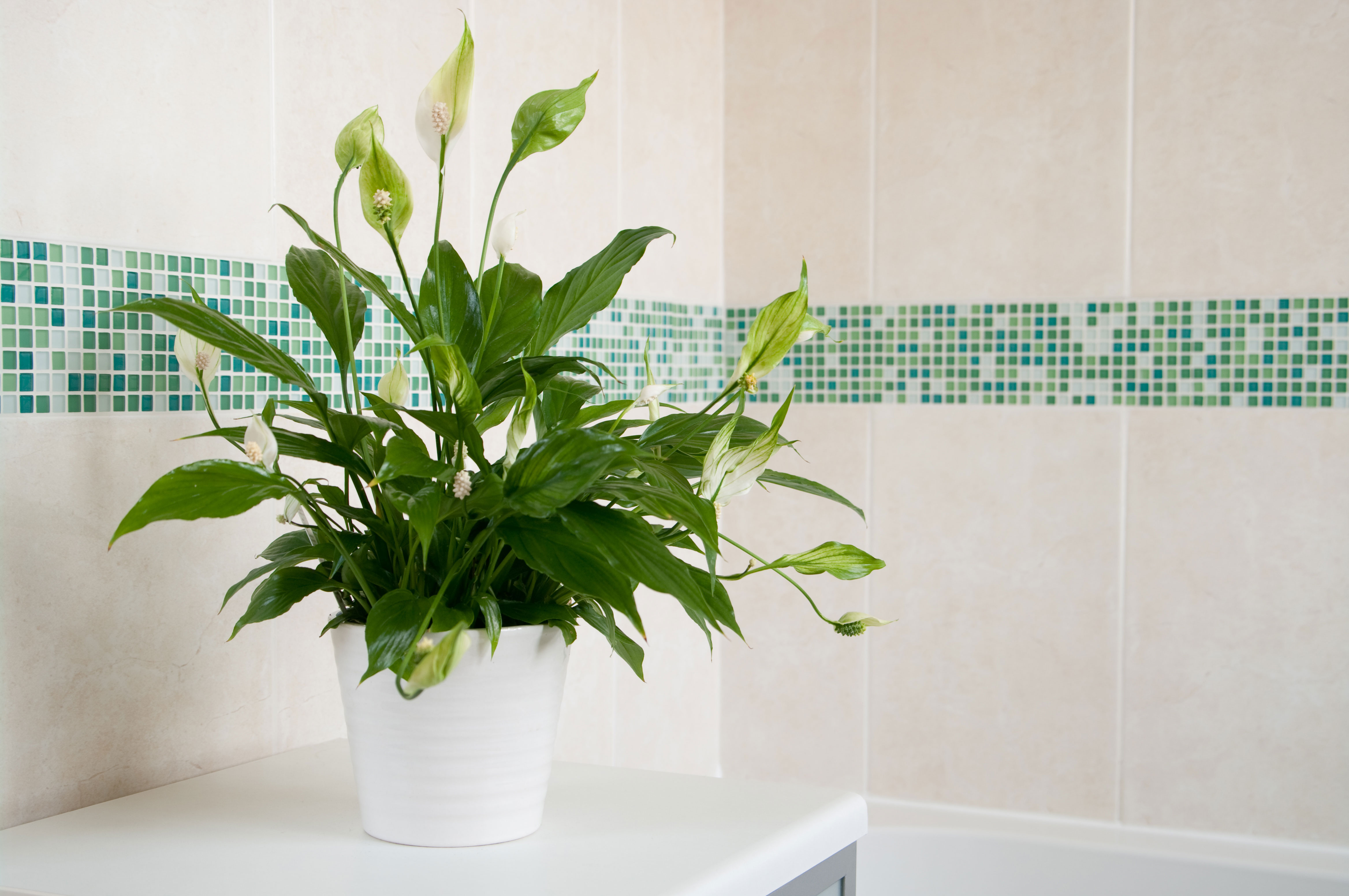Why is my peace lily drooping? 5 common causes, plus how to revive it
Worried about a drooping peace lily plant? Here's what's causing it to droop and how to nurse it back to health


Wondering why your peace lily is drooping and not showing any signs of improving? Drooping leaves on a peace lily are a common problem that can have several causes. It can take a bit of detective work on your part to figure out why exactly your peace lily suddenly looks like it's wilting, but once you've worked out the problem it can normally be easy to resolve.
Although the peace lily is considered to be low-maintenance, even this easy-care plant will begin to suffer if the conditions aren't right for it. We've asked houseplant experts to identify the most common reasons for a peace lily to be drooping and the best solutions to help it improve.
5 reasons your peace lily might be drooping
Learn to spot the signs for why your peace lily is drooping and you can quickly nurse your indoor plant back to health.
1. Your peace lily is underwatered
This is by far the most common cause of a peace lily drooping. Peace lilies like their soil to stay moist, so make sure you don't leave it too long between waterings. Jamie Saechaona, plant and gardening expert at Green Garden Cottage, advises that even if your peace lily has really dried out, it 'should perk up with a deep soak'.
Once you've revived the plant, 'make sure the soil is kept moist but not soaking wet. As a general rule, water your peace lily once a week (this will vary depending on climate and season). Let the soil dry out between each soak.'
A top peace lily watering tip is to avoid using water straight from the tap as it can contain fluoride, which can have an impact on the plant.

2. It's overwatered
On the other hand, peace lilies are stressed by soggy soil and eventually will begin drooping when consistently overwatered. Jamie Saechaona explains that the key sign of an overwatered peace lily is that 'the leaves will wilt, turn yellow and begin to fall off.'
So if your peace lily is turning yellow and drooping rather than having green, droopy leaves, it will usually mean that you're watering your plant too much.
Saechaona recommends 'making sure your peace lily is in a large enough container and has proper drainage'. This 'can help prevent the plant from becoming waterlogged.'
Make sure the plant pot (which can be bought on Amazon) has a drainage hole.
3. Inconsistent temperature
Although peace lilies are generally considered low maintenance indoor plants, it's worth bearing in mind that they are tropical plants and dislike large temperature fluctuations.
'Keep the plant at a steady indoor temperature range of 68-70˚F (20-21˚C) degrees,' advises Jamie Saechao. 'And move it away from windows that give off extreme cold and heat during seasonal changes.'
Make sure you keep your peace lily away from drafts, too.

4. Not enough humidity
Peace lilies also dislike excessively dry air. Karen Musgrave of Hicks Nurseries recommends you try to keep them in a room 'with about 50-60% humidity.' This means they are good bathroom plants.
If the room where you keep your plants is significantly under this range, for example, because you keep central heating on, it's worth investing in a humidifier for plants (available from Amazon). It's a much better solution to a room that's overly dry than misting the peace lily. Misting won't make enough of a difference in a dry room.

5. Incorrect light levels
Finally, peace lilies sometimes droop when they get too much bright sunlight or not enough light. John Dave, an arborist and plant expert from Agro Fever, says that 'Peace lilies typically prefer bright, indirect light. They can tolerate some direct sun,
but too much sun will cause the leaves to scorch. If your plant is in too much sun, move it to a shadier spot. If it needs more light, try moving it closer to a window.'
How long do peace lilies take to perk up?
If your peace lily is drooping, don't worry. So long as you identify the cause correctly and take the necessary steps to remedy it, your peace lily should get back to its healthy self within a week or two.
A peace lily that is still drooping after two weeks is likely past saving, sadly. If nothing is working, you can still try and repot your peace lily to see if that makes a difference.
Anna writes about interior design and gardening. Her work has appeared in Homes & Gardens, Livingetc, and many other publications. She is an experienced outdoor and indoor gardener and has a passion for growing roses and Japanese maples in her outside space.
